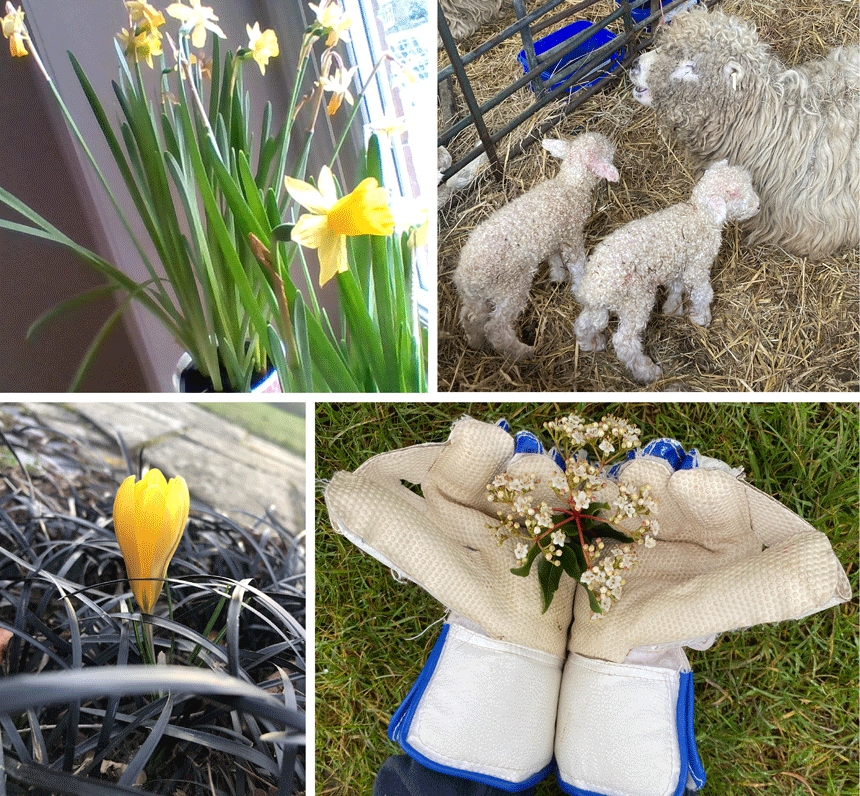Form 3 and 4's recent Philosophy sessions have centred around the concept of 'hope', what this word may mean, what it is to have hope and why this is important for each of us as individuals but also for our school community and, at a wider level, for society as a whole. The children discussed the notion that to have hope is to want an outcome that makes life better in some way and that this mindset can, not only help make a tough present situation more bearable, but also can eventually improve lives because envisioning a better future motivates people to take the steps to make it happen. As a school community, we strive to encourage the children to maintain a philosophy of hope: a positive culture, a focus on possibility, a community of hope and critical reflection and these sessions reinforced this ethos which is particularly important during the pandemic. The children were encouraged to contemplate signs of hope around them and recorded their thoughts to share as a group.

The sessions were designed as part of our virtual Thursday Afternoon Enrichment programme and part of the children's Philosophy curriculum. The children realised that the definition of hope can be different depending on the person doing the thinking. The dictionary's definition is: 'To want something to happen or to be true, and usually have a good reason to think that it might' and the children had their own thoughts, such as: 'A feeling of expectation', 'A desire for a particular thing to happen or to change', and 'A feeling of trust'. As a group they studied various images and symbols to identify what may be hoped for and why, which then lead to them deliberating what they might hope for when they return to school on 8 March, when remote learning is over and also when life returns to a new 'normal'. Their task was to look for and find objects and images that resemble signs of hope for them personally and to create or record something meaningful. The ideas generated were diverse, personal and powerful.
Some of the children's thoughts included the following: 'My drawing is a sign of hope mainly because the use of colour and I feel happy when I see colourful things', 'I am hopeful for the pandemic to be over so we can see our families again and, when it is safe, we can visit my Grandparents in Canada because I haven't seen them in years', 'My current biggest hope is for COVID-19 to be over. This big action will create a chain reaction, freeing other activities and possibilities. I hope I can reunite with my Dad too', 'My picture shows a flower growing in amongst concrete and I thought if the flower can make it we can too', 'My Godmother sent me pictures of new born lambs and they are a sign of hope because they symbolise new life', 'My cat is roughly 87 years old in cat years and if she can still jump up to high surfaces this is a massive sign of hope! and 'I hope for a better world'.